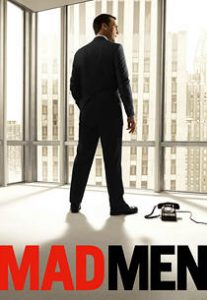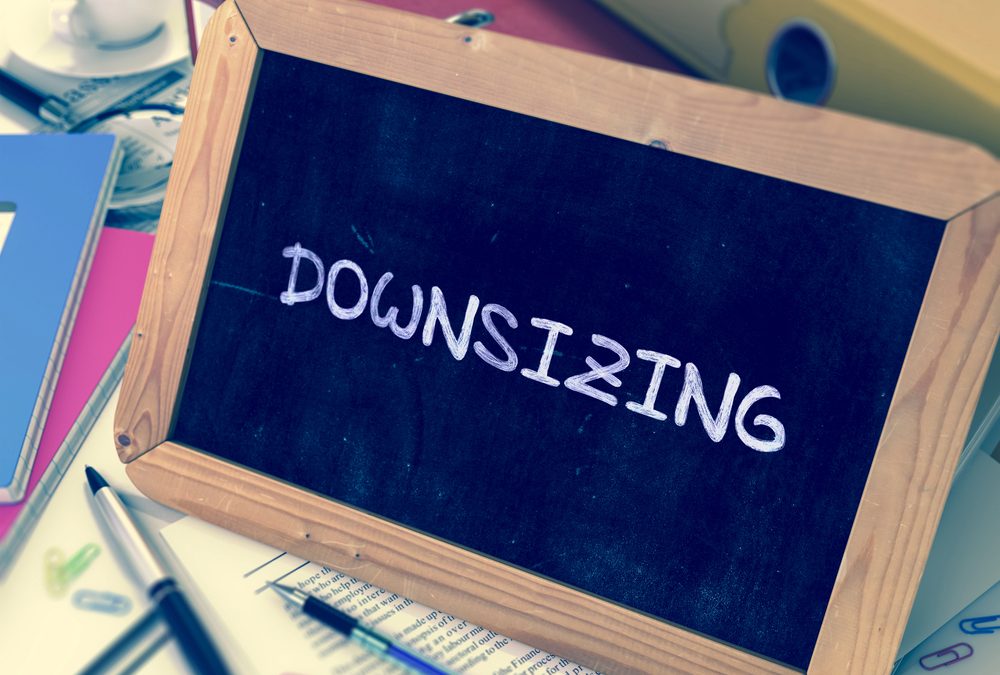 Indeed, the times, they are a changing … Bob Dylan sang it during a pivotal moment in political history back in 1964, and it seems that message is still current and relevant. We live in an era of rapid change, where each day it’s out with the old and in with the new. Many behaviours and beliefs that were acceptable are becoming less tolerated in our modern society. I have addressed some of these changes including working from home, employee fulfilment, neurodiversity, and more inclusive workplaces in previous articles.
Indeed, the times, they are a changing … Bob Dylan sang it during a pivotal moment in political history back in 1964, and it seems that message is still current and relevant. We live in an era of rapid change, where each day it’s out with the old and in with the new. Many behaviours and beliefs that were acceptable are becoming less tolerated in our modern society. I have addressed some of these changes including working from home, employee fulfilment, neurodiversity, and more inclusive workplaces in previous articles.
 These past articles illustrate how far we have come regarding including better representation of all segments of our population within the workforce. We are starting to see different types of people in the boardroom, and sometimes women are the leaders of these meetings. So with this undeniable shift of the times, where many organizations no longer look like a clichéd scene from ‘Mad Men’ (a TV series set in the 1950s and 60’s, a time when the workplace was full of sexism and not so subtle exclusion of people of colour).
These past articles illustrate how far we have come regarding including better representation of all segments of our population within the workforce. We are starting to see different types of people in the boardroom, and sometimes women are the leaders of these meetings. So with this undeniable shift of the times, where many organizations no longer look like a clichéd scene from ‘Mad Men’ (a TV series set in the 1950s and 60’s, a time when the workplace was full of sexism and not so subtle exclusion of people of colour).
Male bosses no longer sit in a boardroom sipping bourbon and ask their ‘secretary’ to bring in fresh ashtrays while they continue to argue over the next strategy in their sales slogan. As much as some things have changed, other things have remained the same. Two obvious examples are meetings and time management.
Many of us still find ourselves in long, unnecessary boardroom meetings. While there, people are still lounging in swivel chairs, bored as our fingers tap against a long table, aware that our precious minutes are being underutilized as we wait for the boss to show up to tell us something that could have easily been discussed via email? As one client said, “I literally had a meeting the other day about scheduling another meeting so that staff could discuss rules and regulations about using the lunchroom.”
Time Is Money
Most of us have heard the phrase ‘time is money’ but does the workplace really appreciate how much time is spent unproductively? Do we pay enough attention to our time management? Many employers still waste time and money with unnecessary meetings instead of making use of technologies or software that can make communication with hundreds if not thousands of employees with just a click and send of a keypad or mouse.
 When we know we have a meeting coming up in an hour or two, often the time leading up to the meeting is less productive – in fact, a series of studies out of Ohio State showed that we get about 22% less done during that lead up to the meeting. Then, during the meeting, we’re at the meeting so we’re not producing anything. When we also factor in the lost time that’s spent getting to-and-from these face-to-face interactions, we only compound the issue. One clever workaround to improve our time management is to ‘stack’ all our meetings into one day or one half-day so that we eliminate the productivity drop that happens while leading up to meetings.
When we know we have a meeting coming up in an hour or two, often the time leading up to the meeting is less productive – in fact, a series of studies out of Ohio State showed that we get about 22% less done during that lead up to the meeting. Then, during the meeting, we’re at the meeting so we’re not producing anything. When we also factor in the lost time that’s spent getting to-and-from these face-to-face interactions, we only compound the issue. One clever workaround to improve our time management is to ‘stack’ all our meetings into one day or one half-day so that we eliminate the productivity drop that happens while leading up to meetings.
I won’t say that in-person meetings aren’t worthwhile, I just think that we should do a better job of identifying situations where it’s worth the effort to meet in person versus the times when sharing the information in a different way (e.g., via email or a short video that can be watched) is just as, or possibly more, effective. When the information that will be communicated mostly in one direction (i.e., one or a few people will do most of the talking rather than it being a discussion) and when the topic is neutral rather than emotionally loaded, we should think about alternatives to bringing everyone together into one room.
A Time and a Place
 This leads to another concept that time and place at work isn’t always what it used to be. Many people have discovered the advantages of working from home and/or from virtual offices. Depending on their role, employees can now work virtually from anywhere. Even forward-thinking ‘Mad Men” wouldn’t have thought this would ever be possible. But the times are and, in many ways, already have changed. Now, businesses need to keep up with these fast and ever-changing ways, or they will find they are not only wasting their time but also undermining their bottom line. Many organizations have found ways to collaborate on documents and projects in real-time via tools like Slack and Asana, and cloud-based collaborative tools including Google Drive and iCloud. More video and conference calls, and fewer face-to-face meetings can help companies get more done and reduce the amount of unproductive time that employees are spending – all of this can lead to more profit.
This leads to another concept that time and place at work isn’t always what it used to be. Many people have discovered the advantages of working from home and/or from virtual offices. Depending on their role, employees can now work virtually from anywhere. Even forward-thinking ‘Mad Men” wouldn’t have thought this would ever be possible. But the times are and, in many ways, already have changed. Now, businesses need to keep up with these fast and ever-changing ways, or they will find they are not only wasting their time but also undermining their bottom line. Many organizations have found ways to collaborate on documents and projects in real-time via tools like Slack and Asana, and cloud-based collaborative tools including Google Drive and iCloud. More video and conference calls, and fewer face-to-face meetings can help companies get more done and reduce the amount of unproductive time that employees are spending – all of this can lead to more profit.
Instead of using meetings to create opportunities for colleagues to socialize, perhaps the work can be done more efficiently and create separate opportunities for co-workers to interact. Even a weekly 15-minute coffee time can be a way for people to get together, find common ground, and start to create and/or maintain relationships in the workplace while still being respectful of corporate time management.
Do you need help navigating the world of work? Contact Dr. Helen today for a free and confidential initial consultation by phone, email, or via direct message on Twitter, Facebook, or LinkedIn. If something urgent comes up, I’m also available by a voice or video on Magnifi, an expertise-on-demand app.
Have you ever wished you could get inside the head of a hiring manager? You can. Dr. Helen Ofosu is a Career Coach/Counsellor with a difference. She has worked for organizations to create hiring and screening tools. She’s created countless pre-screening tests, interviews, simulations, and role plays for organizations of all kinds.
Dr. Helen’s training in Industrial and Organizational (I/O) Psychology means she is a genuine expert in evaluating work-related behaviours. She uses those skills to help hiring managers tell the difference between people who say the right things during interviews and people who actually deliver on the job. In other words, Dr. Helen understands first-hand how job candidates are assessed.
More than career coaching, it’s career psychology®.
I/O Advisory Services – Building Resilient Careers and Organizations.



